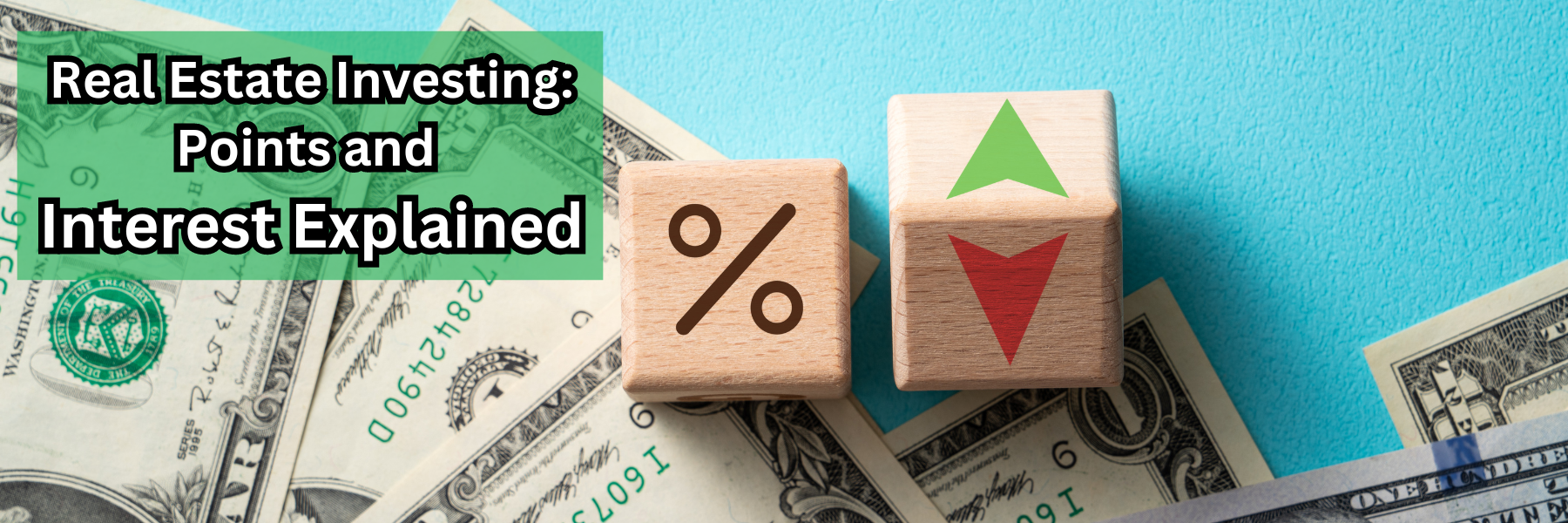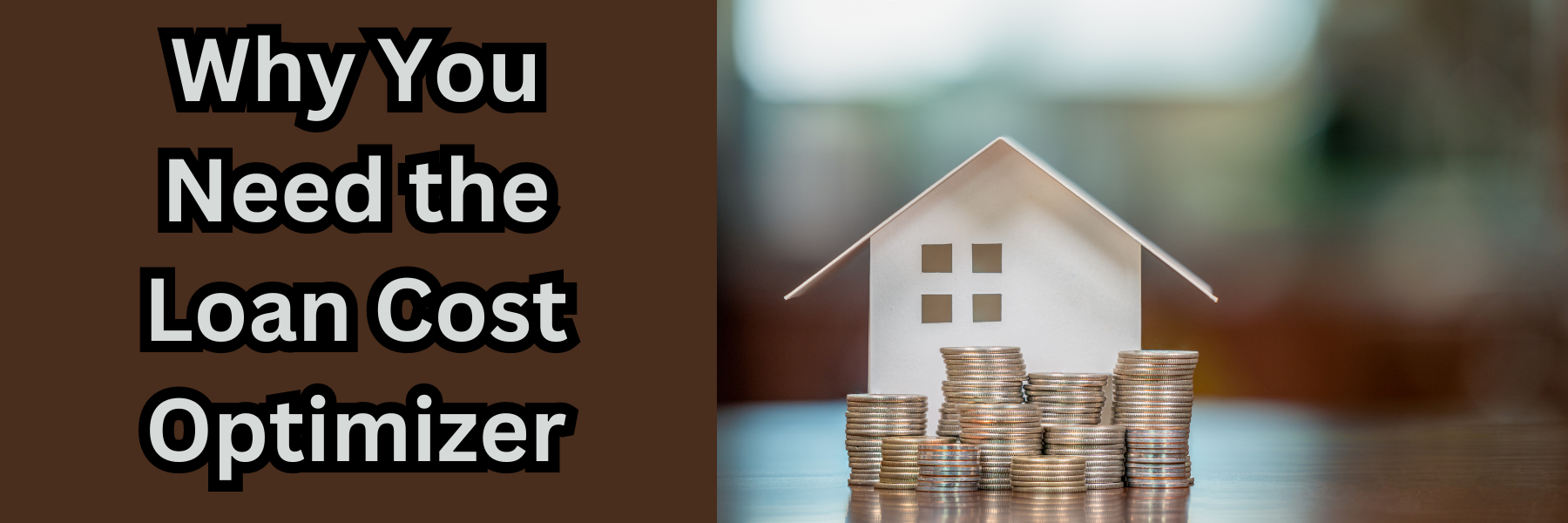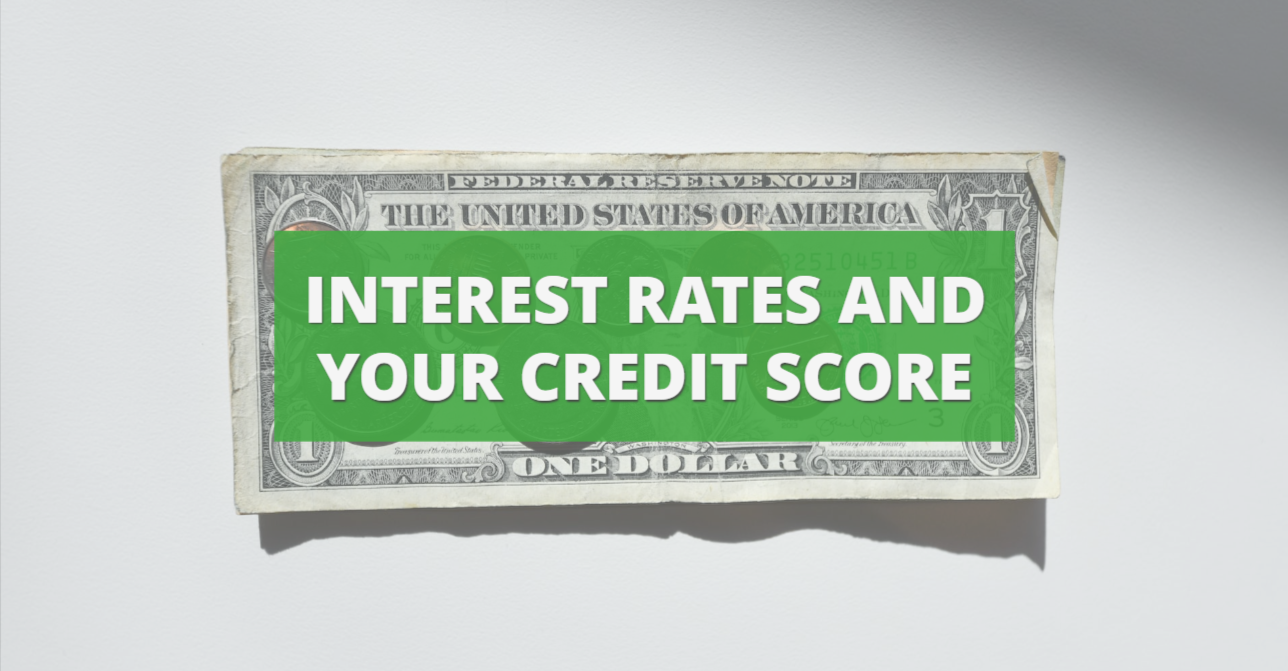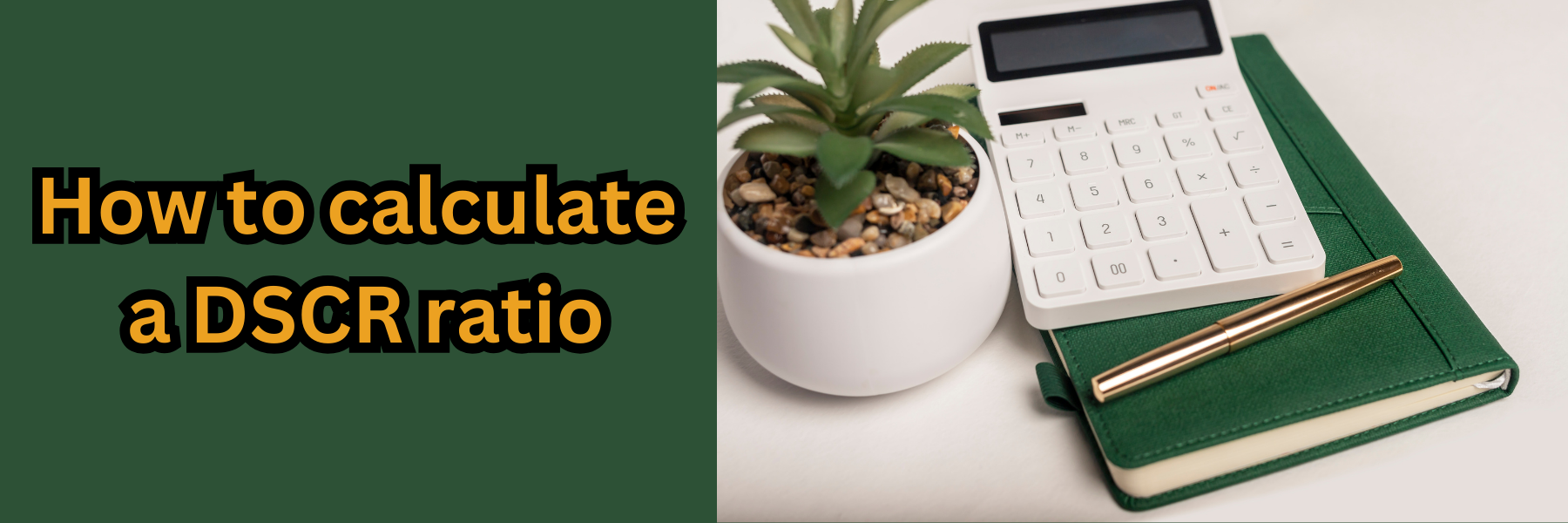DSCR Loan: Why Rental Properties Fail to Cash Flow
Today we are going to dive into an example illustrating why rental properties fail to cash flow using a DSCR loan. A DSCR loan are loans focused on the rents from a rental property and the credit worthiness of the borrower. In today’s market, the increasing interest rates are truly affecting payments and more importantly they are impacting cash flow. As a result, it has become harder and harder to qualify for a DSCR loan. Likewise, DSCR ratios are changing also. What used to be a 1:1 ratio (rents compared to expenses), has now increased depending on your LTV. Therefore, many investors can no longer qualify because there is no cash flow for the property. So, what does this look like numbers wise? Let’s take a closer look.
Example:
| $250K Loan | |||
| Time Frame | Percentage | Expected Payment | Change Over Time |
| Couple years ago | 3.75% | $1,158 | |
| Now | 9% to 11%
(depending on LTV) |
$2,011 | $853
Payment Increase |
| In the Future | 7%
(you refinance $2,011 principle) |
$1,663 | $348
Cash flow increase |
| The Optimus | 5%
(Looking if it dropped from 9% to 5%) |
$1,342 | $669
Cash flow increase |
In this example it is clear to see why rental properties fail to cash flow, especially with a DSCR loan. The increasing rates have caused payments to increase as well. When combined with ever rising taxes and insurance expenses, investors are struggling to break even, let alone create cash flow. All of these pressures are making it harder to be successful in real estate investing.
Why is it a good time to buy?
So, why is it a good time to buy? My suggestion for investors is that they need to find something that has good equity and at 25% to 30%. As long as it is breaking even, then in a year or two when rates go back down, you will be able to refinance to increase your cash flow without buying another property. The more affordable the homes are, the bigger the market becomes. The good news is that buyers are going to start buying again, and the values around you are going to increase.. While no one can predict that the interest rates will go back down to 2.5% for owner occupied and 3.75% for investors, there are indications that interest rates will drop in 2024.
What’s next?
I will be doing a follow up video that will further show you the effect that interest rates have on cash flow. This will include a look from the buyers side, and how the market is going to push up your values. If you can find a good undervalued property now, then you are going to not only create cash flow, but create generational wealth as well. You’re not alone! There are a lot of people who are questioning if they should buy now.
Watch our most recent video about why rental properties fail to cash flow and how you can set yourself up for success by investing now.
Do you have questions about DSCR loans or how you can create generational wealth? Contact us today!











